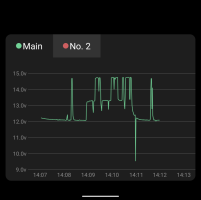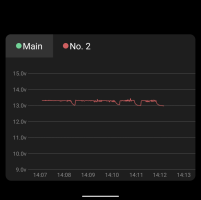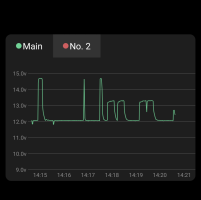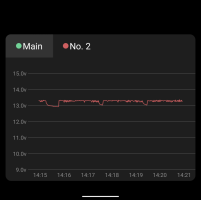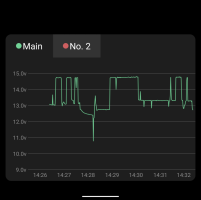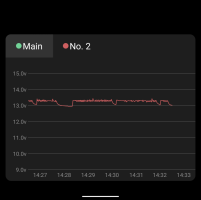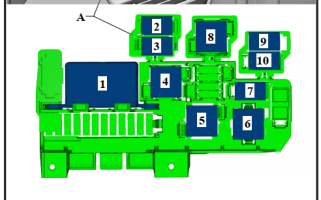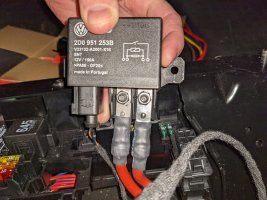Thanks for your help all. I took some of your suggestions to investigate what was going on. Here's some info.
The Van
T6.1 Transporter Van LWB TDI450 7spd DSG 4Motion. Production date April 2021.
Lots of factory fitted options but the ones relevant to this convo are:
-2nd battery (75 Ah, AGM) with cut-off relay and battery monitoring
-Stronger battery and stronger alternator
My intention was to upgrade the OEM split relay system (which
@Dellmassive has suggested is a new version) and setting up my REDARC BCDC1225D
After the funny behaviour I explained I investigated what was going on at the signal cable with the multimeter.
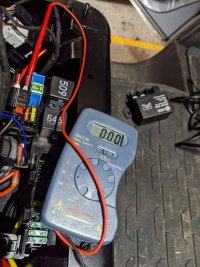
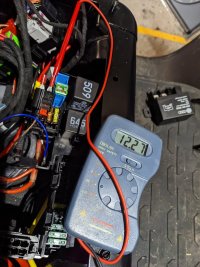
This is the sequence or testing and results:
-Test after engine off over night: No Signal
-Test with ignition on: No Signal
-Test with engine running: + Signal
-Test with engine off again: No Signal
Phew. Everything seems to be behaving.... But then...
-Unexpected + Signal about 1 min after engine off.
-No Signal again a few minutes later....
I'm not going to try deduce exactly what is going on here because I dont think this is accurate or enough data. What I can say though is the signal is a bit more complex than just + when engine RPM. It's not ideal as if it's +Signal, even if just for a bit after engine off the DC-DC system will draw from the starter battery after turning off the car. So what am I going to do?
I'm going to keep running the system and see how it behaves over a period of time. I've added below some probably familiar looking voltage graphs of my two batteries on a drive I took today with the new DC-DC charger running. If you look closely it seems to be doing what I hoped it would.
-It's charging from the starter battery when the alternator isn't running
-It's charging from the Alternator when it's it's running at low power
-It's charging from the Alternator when it's running at full power or during regen breaking
It's NOT charging when the engine is off (start stop)
Make of this info what you will. I'll post again if anything goes badly or if I have to change it.
